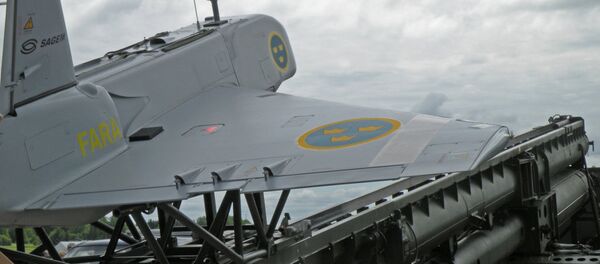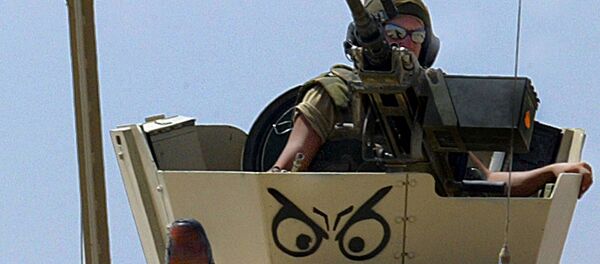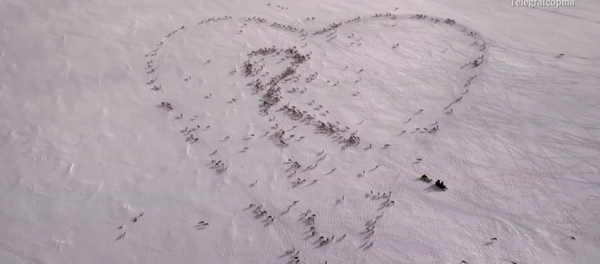"This technology adds a sense of security and gives a chance of equal care, provided that we can get a heart starter in five minutes, even in rural areas and archipelagos," Andreas Claesson of the Karolinska Institute told Swedish national broadcaster SVT.
During a test conducted in the Stockholm archipelago, a drone was sent to 18 places where cases of cardiac arrest have occurred between 2006 and 2013. The drone was not pilot-controlled, but automatically steered itself to the programmed location. The median time of arrival was between five and fifteen minutes faster than the ambulance.
"That's an absolutely crucial difference. The chances of survival increase from almost zero to just over 40 percent if a heart starter lands in your garden," Andreas Claesson pointed out.
So far, the drone used is only a prototype. However, Sebastian Wallman, engineer and co-founder of the company Flypulse, which developed the technology, argued that it as a matter for the near future for the technology to be used in real-life situations.
According to Claesson, medical drones pose little to no threat to air traffic, since helicopters were the only flying objects on the heights "reserved" for the drones.
The drone technology seems to have the greatest potential in rural environments and seascapes, as a compliment to the ambulance, which often implies a long waiting time. However, according to Andreas Claesson, there are other uses for the technology.
"There are endless possibilities, such as camera-equipped drones for finding people underwater, flying out lifebuoys and transporting drugs like adrenaline to places faster than an ambulance.
"We strongly believe that we will benefit greatly from drones. In case of a forest fire, we can quickly locate the fire and find the fastest route," fire engineer Peder Liljeroth told SVT.





